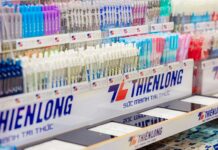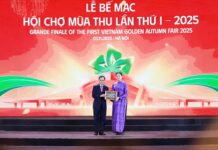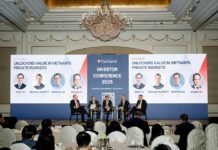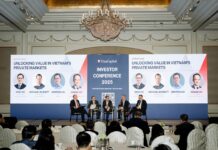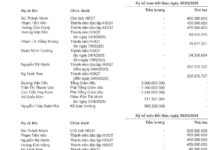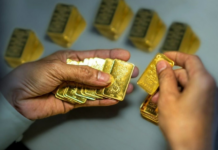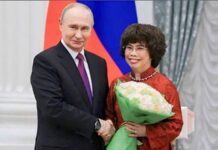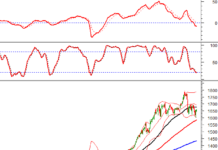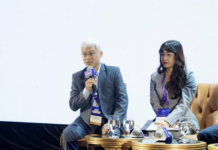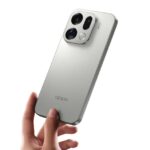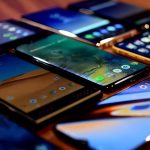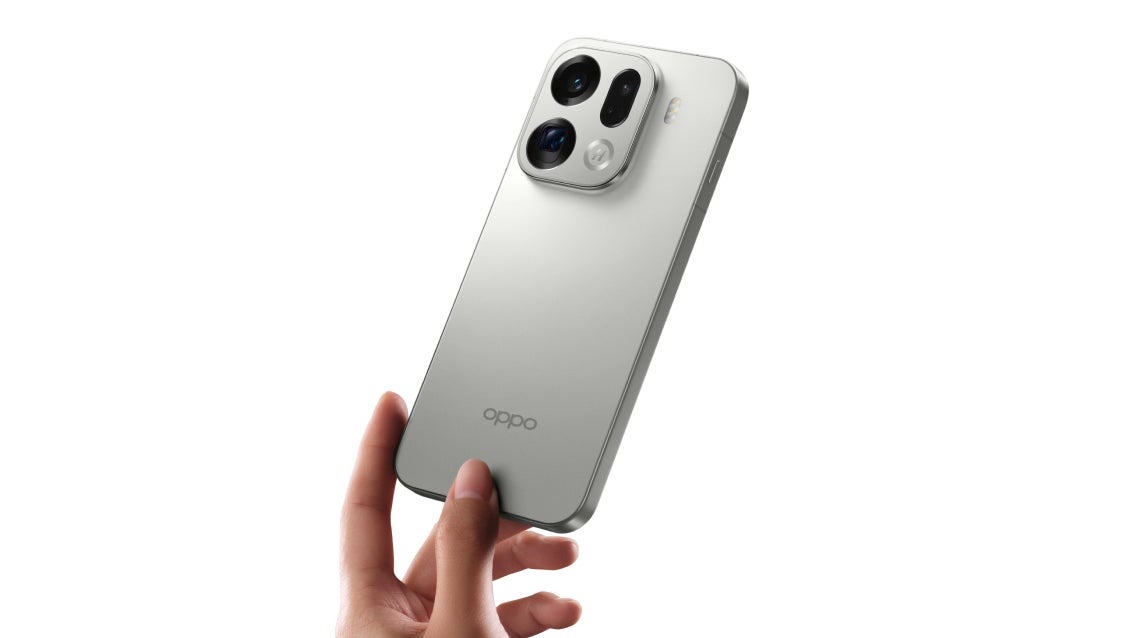
A few years ago, tech blogs unanimously declared, “Specs no longer matter.” The statement had merit, as manufacturers flooded the market with gimmicks, stuffing spec sheets without adding real value. Remember those budget phones boasting “quad cameras”? They were often cheap attempts to impress, resulting in poor image quality and exposing the quantity-over-quality ruse.
But in 2025, specs are back—and this time, they’re here to stay.
New “big battery” phones from Chinese giants like Oppo and Xiaomi are making waves across Asia and Europe. These devices resemble flagship models, slightly thicker but packing massive batteries. The Oppo Find X9 Pro and Xiaomi 17 Pro Max both feature 7,500 mAh batteries.
| Model | Thickness | Weight |
|---|---|---|
| Oppo Find X9 Pro | 8.3 mm | 224 g |
| iPhone 17 Pro Max | 8.75 mm | 233 g |
| Galaxy S25 Ultra | 8.2 mm | 218 g |
| Pixel 10 Pro XL | 8.5 mm | 232 g |
This capacity surpasses the latest iPhone 17 Pro Max and Galaxy S25 Ultra by 50%.
While Apple and Samsung may cite platform efficiency, the real-world user experience with these new phones is undeniably transformative.
Numbers Don’t Lie
PhoneArena tested these claims, verifying if larger batteries deliver tangible upgrades. The results are conclusive.
| Phone | Estimated Battery Life | Web Browsing | Video Streaming | Gaming |
|---|---|---|---|---|
| Oppo Find X9 Pro | 9h 50m | 25h 34m | 13h 30m | 11h 17m |
| Apple iPhone 17 Pro Max | 7h 46m | 20h 9m | 9h 37m | 11h 34m |
| Samsung Galaxy S25 Ultra | 8h | 20h 49m | 8h 54m | 14h 21m |
| Google Pixel 10 Pro XL | 6h 58m | 19h 41m | 10h | 4h 35m |
In PhoneArena’s web browsing test, the Oppo Find X9 Pro lasted 25 hours, 25% longer than the iPhone, Galaxy, and Pixel. For YouTube streaming, Oppo outperformed by nearly 45%.
While a 50% larger battery doesn’t always translate to 50% longer usage, the improvement is significant.
These numbers boil down to one simple fact: these new “big battery” phones can last two days on a single charge. Overnight charging becomes optional. Weekend trips no longer require carrying a charger.
This shift is crucial as users increasingly resist upgrades due to a lack of compelling reasons.
Traditionally, camera quality drives upgrades, but consider Apple’s iPhone 17. Features like ProRes RAW and Genlock, while impressive, are irrelevant to 99% of users. Similarly, Samsung’s Galaxy line has stagnated, using the same sensors for years with minimal improvements.

Despite large batteries, these Chinese flagships remain sleek and compact.
With camera quality plateauing, buyers focus on faster-evolving features that make a real difference. In 2025/2026, that feature is battery life.
Apple and Samsung: Innovate or Fall Behind?
Apple and Samsung have the resources to pioneer new technologies. Yet, they’re moving slowly—and that’s the problem.
Previously, they justified smaller batteries by claiming larger ones would make phones bulky. Now, advancements in stacked battery technology, silicon-carbon anodes, and AI-powered energy management enable safer, more efficient designs.
Their hesitation now feels less about safety and more like stagnation. When competitors offer 50% larger batteries, faster charging, and comparable designs, the term “premium” starts to ring hollow.
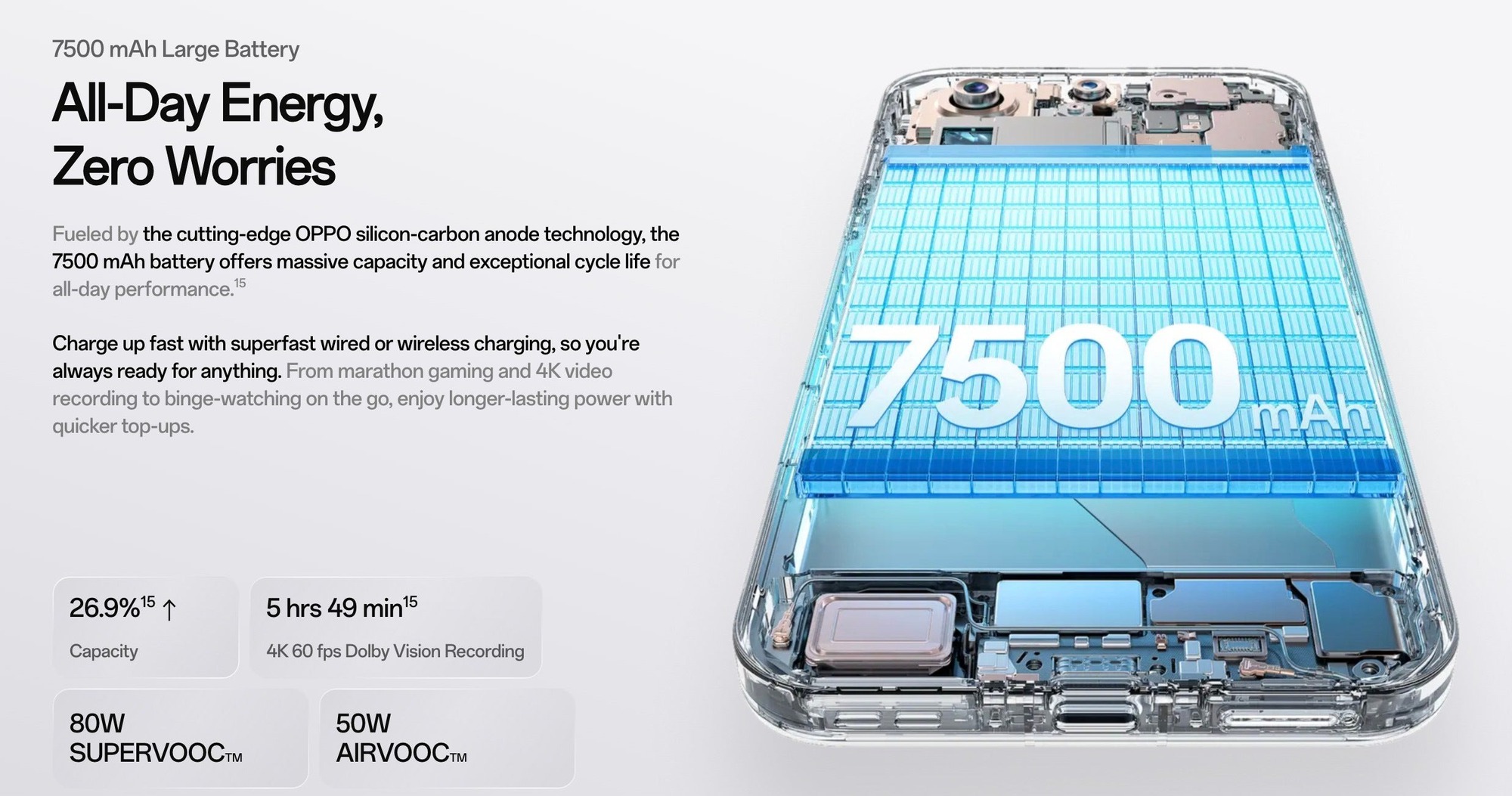
Silicon-carbon batteries are the new ace up Chinese manufacturers’ sleeves.
Regulatory barriers protect Apple and Samsung in the U.S., where many Chinese brands face restrictions due to trade policies, data security concerns, and political factors. Even in Europe, their presence is limited by import barriers and distribution challenges. Apple and Samsung don’t need to compete directly with these brands in the U.S.
However, regulatory isolation doesn’t guarantee competitive strength. Technology spreads, and premium products find ways across borders—through gray markets, tech reviews, or viral comparisons. When a U.S. user sees a YouTube review of a OnePlus or Xiaomi phone lasting two days on a single charge and charging fully in 30 minutes, dissatisfaction grows. Questions arise: Why can’t my $1,200 iPhone or Galaxy do that?
These Chinese phones may not officially enter the U.S. market, but the pressure to compare mounts. We’ve seen this before. When Huawei peaked, they pushed Samsung and Apple to improve night mode and zoom lenses. Now, a similar dynamic emerges around battery life.
With such vast differences in endurance and charging speed, Western consumers will perceive Apple and Samsung as lagging, even if they can’t directly purchase alternatives. Asian users, meanwhile, experience these differences firsthand, shaping their own evaluations.




